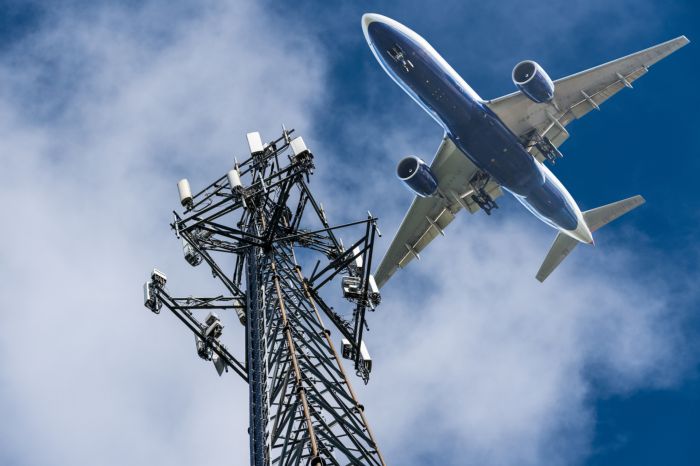This happened as air carriers work to upgrade aircraft to ensure they don’t face interference from 5G network broadcasts.
The problem is the planes
The C-bands that are problematic are those around airports. These new frequencies can interfere with the altimeters on the planes that show the aircraft’s altitude relative to the ground. This can be a problem, especially in bad weather, when planes are often guided mainly by sensors.
Most of the work is now on the airlines’ side
In recent months, the Federal Aviation Administration (FAA) has been urging airlines to complete upgrades to some aircraft radio altimeters that don’t meet the necessary parameters to operate near 5G transmitters. These should address the risks posed by the rollout of 5G wireless connectivity by installing filters on radio altimeters in an effort to prevent potential failures at key airports.
However, airlines are not too keen on the new requirements as it means spending more money on upgrading their machines. Many of them are still reeling from the constraints of the covid pandemic when they had their operations partially or completely suspended.
Read also: Ferrari on the road to electromobility
The Airlines for America group, which includes American Airlines and Delta Airlines, has commented on the situation. According to the information, the vast majority of the 4 800 aircraft of the companies in the group does not currently meet the necessary requirements and will have to be retrofitted by July 2023.
As the final solution has not yet been approved and the necessary components are far from being manufactured, it is not at all clear whether it is realistic for the carriers to meet all the necessary requirements.
What does this mean for the two telcos?
Both AT&T and Verizon will have more time to work out the necessary technical details of the system. In addition, AT&T said.
“It has developed a more customized approach to controlling signal strength around runways with the FAA, allowing more towers to be activated and signal strength to be increased.”











Comments
Post has no comment yet.